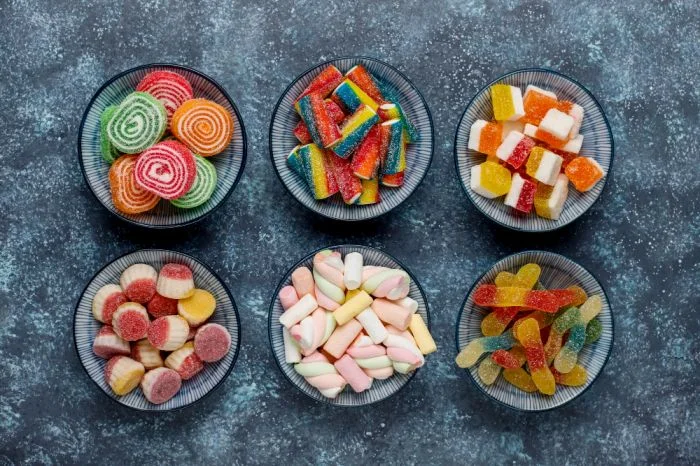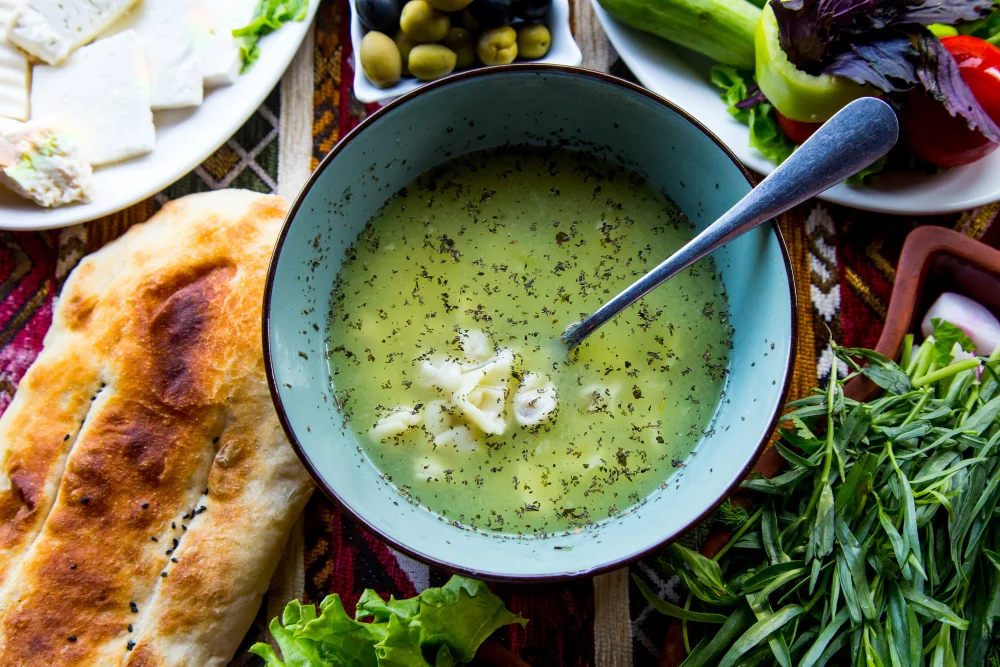A Personal Encounter with Mustard Choices
A few years ago, while preparing sandwiches for a family picnic, I reached into the fridge and found myself holding two very different bottles: a bright yellow squeeze bottle of classic mustard and a glass jar of creamy Dijon. My cousin joked, “Are you going gourmet or American today?” That simple question opened my eyes to how much flavour, culture, and even cooking style are tied to these two condiments. Since then, I’ve experimented with both in recipes, spoken to chefs about their preferences, and even learned a bit of mustard history. Let’s dig into what makes Dijon mustard and yellow mustard so distinct—and when you should reach for each.
The Basics: What Exactly Are They?
Yellow Mustard
Often called American mustard, this version is known for its vibrant colour and tangy but mild flavour. It’s usually made from milder white mustard seeds, vinegar, water, and the famous addition of turmeric—which gives it that sunshine-yellow hue. If you’ve ever ordered a hot dog at a baseball game, chances are you’ve had yellow mustard.
Dijon Mustard
Originating in Dijon, France, this mustard has a more refined, sharp, and complex taste. Traditionally, it’s made with brown or black mustard seeds, verjuice (a sour juice from unripe grapes), vinegar, and white wine. Its creamy texture and piquant kick make it a staple in French cooking, from vinaigrettes to sauces.
Flavour Profiles: Mild vs Bold
If yellow mustard is the easy-going, crowd-pleasing friend, Dijon is the sophisticated dinner guest.
- Yellow Mustard → Tangy, mild, slightly acidic, and approachable. It doesn’t overwhelm other flavours, making it ideal for kids or those who prefer less spice.
- Dijon Mustard → Sharper, spicier, and more complex. The wine or verjuice gives it a depth that can transform a simple dish into something elegant.
As chef Michael Ruhlman once wrote in his book Ratio, “Dijon mustard isn’t just an ingredient—it’s a flavour builder.” This statement sums up why many chefs prefer Dijon for cooking, while yellow mustard shines as a topping.
Nutrition & Health: Which One is Better for You?
Both types of mustard are relatively low in calories and can add flavour without piling on fat or sugar. But there are subtle differences:
- Yellow Mustard → Typically contains about 5 calories per teaspoon. Thanks to turmeric, it also has small amounts of curcumin, which some studies suggest may have anti-inflammatory properties.
- Dijon Mustard → Slightly higher in sodium, with about 10 calories per teaspoon. The wine content contributes antioxidants, though in very small amounts.
Registered dietitian Keri Glassman notes that mustard is a “flavourful, low-calorie alternative to heavy sauces like mayonnaise.” However, if you’re watching sodium intake, Dijon might require moderation.
Cultural Roots: Baseball vs Burgundy
- Yellow Mustard has been called “America’s condiment.” Created in the early 1900s by George T. French, it became iconic at ballparks and diners. Its identity is tied to casual, comfort food culture.
- Dijon Mustard carries the weight of French culinary tradition. Since the 13th century, Dijon has been a hub for mustard-making. Today, even though much of it isn’t produced in Dijon itself, the name still signifies quality and sophistication.
This cultural divide is part of why many people instinctively reach for one over the other.
Cooking with Dijon vs Yellow Mustard
When I first swapped Dijon for yellow mustard in a potato salad, my friends raised their eyebrows. The sharper bite completely changed the dish—some loved it, others preferred the familiar tang of yellow. That experiment taught me one key lesson: choose your mustard based on the role you want it to play.
- Yellow Mustard Works Best For:
- Hot dogs, burgers, sandwiches
- Potato salad, egg salad, coleslaw
- Recipes where you want mild tang without overpowering the main ingredients
- Dijon Mustard Works Best For:
- Salad dressings and vinaigrettes
- Meat marinades (particularly chicken and pork)
- Creamy sauces (e.g., mustard cream sauce for steak)
- Elevating mashed potatoes, roasted vegetables, or even a simple grilled cheese
Food writer Felicity Cloake, in The Guardian, describes Dijon mustard as “the secret weapon that brings complexity without cluttering flavours.”
Expert Opinions and Unique Uses
- Chef Jacques Pépin recommends Dijon mustard as the base of many classic French sauces, especially when making moutarde sauce for fish.
- Nutritionist Lily Nichols points out that mustard, regardless of type, can be an excellent way to enhance flavour without adding unnecessary sugar or fat.
- A 2019 study in the Journal of Food Science noted that mustard seeds (especially darker varieties used in Dijon) contain glucosinolates, compounds linked to potential cancer-preventive properties.
I once interviewed a local deli owner who confessed that their “secret sauce” for sandwiches was nothing more than Dijon mustard mixed with mayonnaise. Customers couldn’t quite place the flavour, but they kept coming back for more.
Price & Accessibility
- Yellow Mustard is inexpensive and widely available, with large bottles often priced under $2 in supermarkets.
- Dijon Mustard is slightly pricier, typically ranging from $3 to $6 for a jar, depending on brand and authenticity. Imported French brands often cost more but deliver stronger flavour.
For home cooks, the question is less about cost and more about how often you’ll use it. If mustard is just for hot dogs, yellow will do. But if you enjoy experimenting in the kitchen, a jar of Dijon is worth every penny.
Evergreen Takeaways: Choosing the Right Mustard
So, how do you decide between Dijon and yellow mustard? Here’s the practical breakdown:
- For everyday casual meals → Stick with yellow mustard. It’s kid-friendly, mild, and matches classic comfort foods.
- For cooking and elevating recipes → Dijon is your go-to. It layers complexity into sauces, dressings, and marinades.
- For health-conscious eaters → Both are good options, but yellow mustard may win if you’re limiting sodium intake.
- For adventurous cooks → Keep both in your fridge. I personally reach for Dijon when cooking, but I’ll never serve a hot dog without yellow mustard.
FAQs
Q: Can I substitute yellow mustard for Dijon in recipes?
Yes, but expect a flavour shift. Yellow mustard will make the dish milder and less sharp. It works in a pinch but won’t deliver the same complexity.
Q: Why is Dijon mustard spicier?
Because it uses brown or black mustard seeds, which are naturally more pungent, and often includes wine or verjuice for added bite.
Q: Is yellow mustard healthier than Dijon?
They’re both healthy in moderation. Yellow mustard is lower in sodium, while Dijon contains slightly more antioxidants due to wine.
Q: Which mustard lasts longer after opening?
Both can last several months in the fridge, though Dijon may lose potency faster once opened. Always check labels.
Q: What’s the best Dijon mustard brand?
Popular choices include Maille and Grey Poupon. For yellow mustard, French’s is the most iconic.
Final Thoughts
When it comes to Dijon mustard vs yellow mustard, there’s no absolute winner—it all depends on what’s on your plate. One is playful and approachable, the other bold and refined. Personally, I like to keep both stocked in my fridge because flavour isn’t about choosing sides, but about having the right condiment for the right moment.
So, next time you’re reaching for mustard, ask yourself: Do I want comfort, or do I want complexity? The answer might just change the way you enjoy your meal.
Your Turn: Do you prefer the mellow tang of yellow mustard or the sharp sophistication of Dijon? Share your favourite mustard moments in the comments—I’d love to hear your take!
Read Also: How Many Tablespoons in 1/4 Cup? A Practical Guide for Everyday Cooking
















